The scientific activities are clustered in 7 thematic Work Packages, as illustrated below:
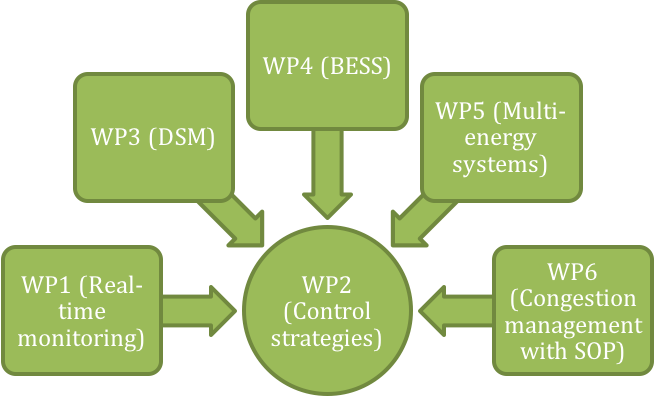
WP1: Advanced monitoring
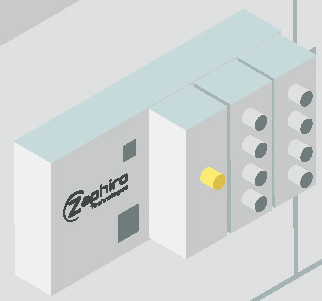 |
 |
PMU-based situation awareness for MV networks integrated with fault location management processes and modeless situation awareness for LV networks |
Partners: EPFL-DESL [1] ; EPFL-LCA2; SUPSI-ISAAC; DEPSys
The aim of this activity is to provide DSOs with information on the various elements at both LV and MV levels of the grid and grid’s status and decentralized production and consumption; and tools for fault location, isolation and services restoration.
For the achievement of this aim, the following studies are undertaken:
- 1a. Experimental validation of the realtime (50 frames per second) state estimation and asset monitoring functionality at the MV level of the grid (use of PMUs)
- 1b. Experimental validation of the Fault Location, Isolation and Service Restoration functionality (use of PMUs)
- 1c. Validation of modelless approach for estimation of sensitivity coefficients (use of GridEye)
- 1d. Validation of the models for prosumers behavior identification (use of the data server)
[1] The lead partner of the Work Package is underlined.
WP2: Real-time control
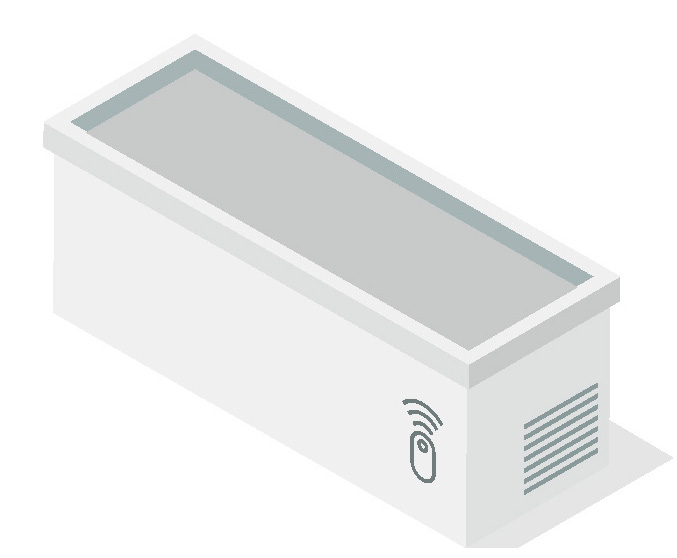 |
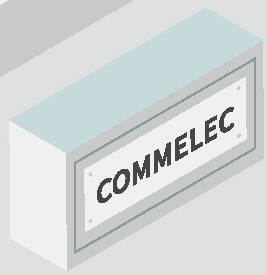 |
Real-time control strategies for heterogeneous resources at MV and LV
|
Partners: EPFL-DESL; EPFL-LCA2; EPFL-IME; DEPSys
The aim of the WP2 is the enabling of real-time control of grids with several heterogeneous resources at MV and LV in order to increase host capacity and ensure grid security.
Therefore, the following activities are undertaken:
- 2a. Experimental validation of voltage control of inverter interfaced grids in grid connected and islanded modes (with the use of BESS)
- 2b. Distribution System Management based on LV decentralized intelligence (with the use of Commelec agents communicating with GridEye and DSMU)
- 2c. Simulation and experimental validation of linearized and exact convex optimal power flow methods using the feeder data (with the use of PMUs)
- 2d. LV grid control strategies based on suboptimal control approaches (use of GridEye concept)
- 2e. Comparison of the various strategies for grid control
WP3: Demand Side Management (DSM)
 |
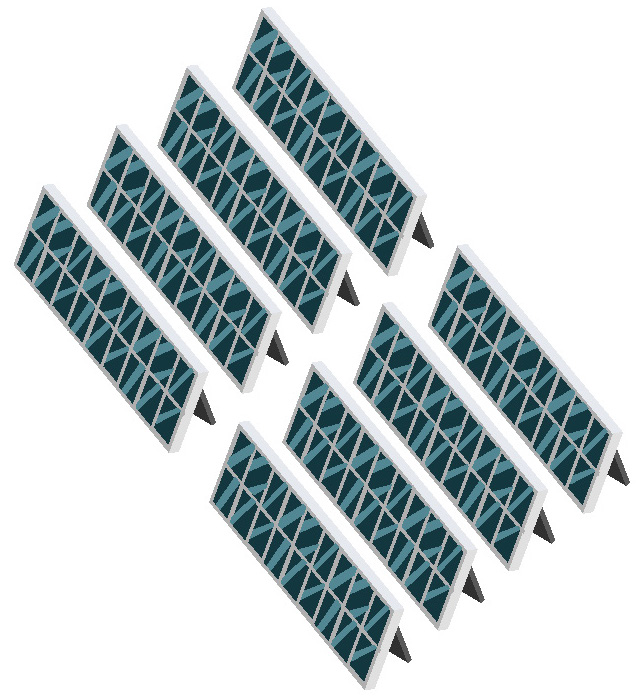 |
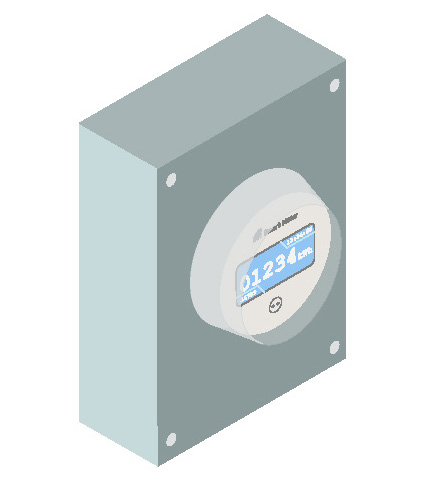 |
Demand Side Management (DSM) strategies and assessment of their performance
|
Partners: SUPSI-ISAAC; EPFL-LCA2 and FHNW-IMVS
The WP3 aims to provide the grid stakeholders with the information required for the optimum management of the power system. It will provide the customers with a tool to access the information on their production and consumptions in order to improve the efficiency of their power consumption and promote self-consumption. Also, it will enable DSOs to access controllable and shiftable loads and storage at the building, both residential and commercial, level. The extent of effectiveness and economic attractiveness of DSM in Switzerland will be defined and will provide a new insight into the regulatory aspects. Moreover, the use of smart meters’ information for the management of the grid will enable further valorization of a technology that is rolling-out in Switzerland driven by the liberalization of the market.
For the achievement of this aim, the following studies are undertaken:
- 3a. Cyber security test through the whole system
- 3b. Test and validate the feasibility of fully decentralized demand side control strategies
- 3c. Validation of the use of voltage and current measurements of smart meters for grid control
- 3d. Development and validation of new demand side management algorithms based on advanced forecasting methods and communication
- 3e. Design and testing of new business models based on dynamic grid tariff schemes, in the future regulatory framework
- 3f. Assessment of investment costs of the different proposed DSM technologies and comparison with grid refurbishment
- 3g. Comparison of the different DSM strategies for different grid topologies
WP4: Storage
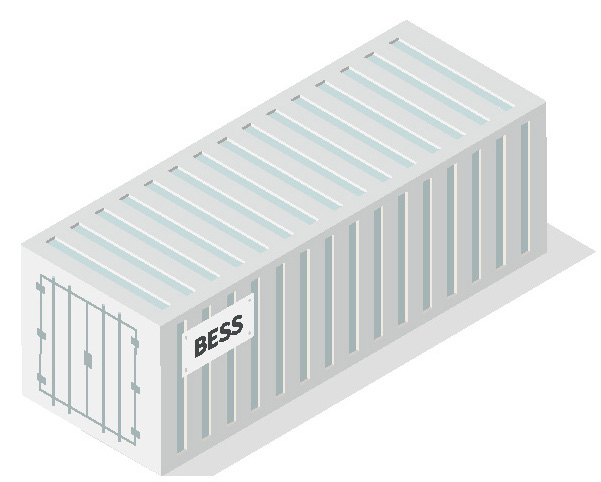 |
 |
Planning and operation of Distributed generation and MW-class distributed storage systems; and provision of Ancillary services to the upper grid
|
Partners: EPFL-DESL; EPFL-PVLab; EPFL- STI RC; HES-SO FR; EPFL-IPESE
WP4 aims to provide DSOs and power suppliers with tools for the planning and operation of utility scale and distributed battery energy storage systems, in order to optimize the integration of distributed generation. The main focus will be on the increase of the grid host capacity and security; reduction of need of grid reinforcement; and enabling of cost effective deployment of PV and distributed storage. Also, the potential for provision of ancillary services to the upper grid will be studied.
For the achievement of this aim, the following studies are undertaken:
- 4a. Operation of the battery storage systems for grid control; feeder dispatching considering optimal BESS charging/discharging strategy and safe BESS operation
- 4b. Aging and life cycle assessment of the BESS
- 4c. Validation of the algorithms and comparison with commercial stateof-art satellite-based forecast methodologies
- 4d. Validation of an advanced control algorithms based on shortterm forecasting of PV generation
- 4e. Deployment recommendation for large penetration of PV and distributed storage
- 4f. Potential for provision of ancillary services to the upper grid
WP5: Multi-energy system
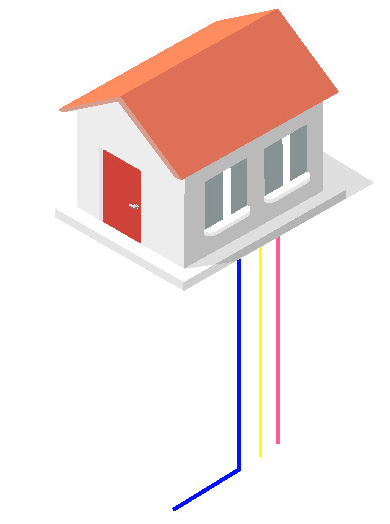 |
Planning of multi-energy systems
|
Partners: EPFL-IPESE; EPFL-PVLab
WP5 aims to provide DSOs with tools for the planning of energy hubs in order to improve the efficiency of the systems.
For the achievement of this aim, the following studies are undertaken:
- 5a. Best investment strategies when prosumer capacities are increased in the grid (new users, new PV installations, etc.)
- 5b. Design of sizes for batteries, heat storage, fuel cells or heat pumps as a function of the evolution of the grid
- 5c. Definition of optimal control of DWH for selfconsumption strategies
WP6: Congestion and fault management
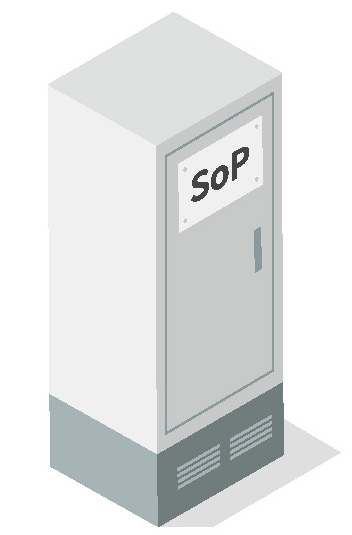 |
Soft open point (SOP) for congestion and fault management in distribution networks
|
Partners: HES-SO FR; HES-SO VD
WP6 aims to provide DSOs with an innovative solution for congestion management and fault location, isolation and supply restoration. SOP can provide DSOs also with increased operational flexibility and hosting capability for distributed generation; improved voltage profile (lower sensitivity to distributed injections) and reduced losses (meshed/looped operation possible).
The team will go through several steps of technology readiness of the SOP from the (6a) design; and (6b) lab test to the (6c) deployment and (6d) technology transfer to the industrial partners.
WP7: Management of the project
This work package covers the management activities of the entire project. The aim is to ensure the effective implementation of the activities toward the achievement of project’s objectives and the efficient use of the available resources.
The management team will be directed by the Project manager who will undertake the following activities:
- Organize, direct and control the daily operations of the Management office
- Serve as a contact person with the SFOE
- Support the REEL Demo Steering Committee, by preparing the agenda, organizing the meetings, and supporting the implementation of the resolutions
- Coordinate knowledge and technology transfer activities
- Monitor the proper and timely implementation of the activities and efficient use of resources
- Undertake communication and dissemination activities
Since the Management office of FURIES will host the REEL Demo Management office, synergies will be developed among the activities of the two offices. In addition, the activities in Romande Energie will be coordinated internally. These activities include, during the first year, the installation of the equipment on the grid; and through the entire duration of the project, the internal coordination among different units of Romande Energie; and the funding reporting of the activities. This information will be transferred to the Project manager who will synthesize it with this provided by the WPs.